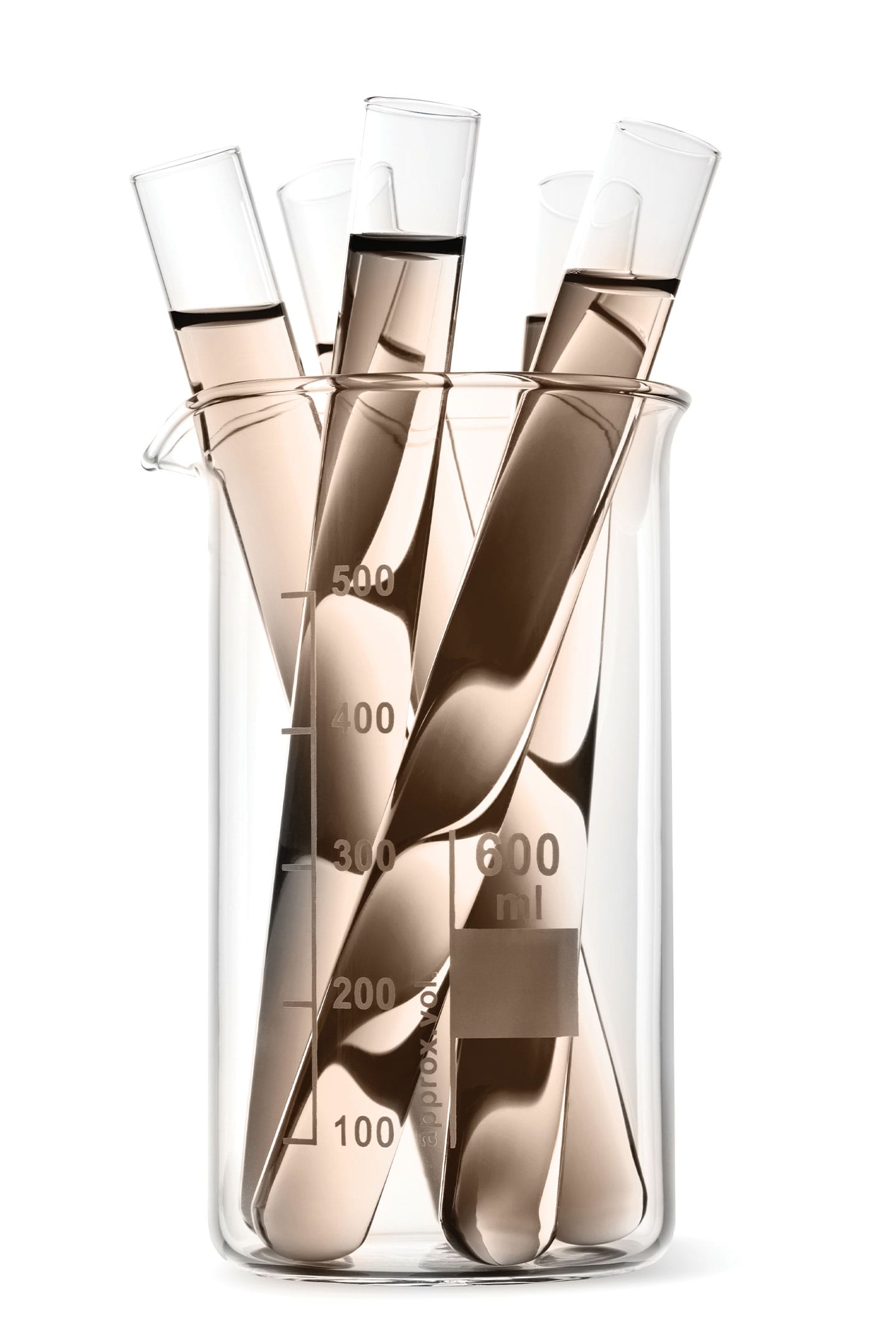Mutations of these genes can lead to breast and ovarian cancers. Here’s what you should know.
Back in 2013, the BRCA1 and BRCA2 genetic mutations gained notoriety when actress Angelina Jolie revealed she had undergone a double mastectomy. Jolie elected to remove both breasts, a preventative measure, because genetic testing had revealed she had the BRCA1 genetic mutation, which put her at an 87% lifetime risk of developing breast cancer.
While genetic testing for breast cancer had been around for years already, such a prolific case shed new light on the option. According to a study published in the American Journal of Preventative Medicine, only 24% of folks opted for genetic testing in 2004, but by 2014, more than 60% sought it out.
With October long serving as Breast Cancer Awareness Month, we’re here to fill you in on the facts about BRCA1, BRCA2, and genetic testing.
By Lucy Morris



Surgeon,
Hamilton Physician Group – General Surgery
1. A BRCA gene mutation increases your risk of breast and ovarian cancer.
You may wonder how our genes impact cancer in the first place. Well, our genetic code contains about 20,000 genes, all of which work together to tell our cells what to do. Everyone’s genetic code varies, and some of us experience mutations.
Certain mutations can be caused by environmental factors, like air pollution, or simply occur spontaneously. Others are inherited from our parents. “BRCA1 and BRCA2 are inherited gene mutations that place a person at a higher risk for breast and ovarian cancer,” explains Dr. Eric Manahan, a surgeon with Hamilton Physician Group – General Surgery and member of the board of directors for the American Society of Breast Surgeons.
Casey Waddle, a family nurse practitioner with CHI Memorial Breast Care Associates, explains the risk breakdown. “If someone tests positive for the BRCA1 gene, then her risk for developing breast cancer in her lifetime is as high as 87%, and the risk of developing ovarian cancer is as high as 54%. Similarly, if someone tests positive for the BRCA2 gene, then her risk for developing breast cancer in her lifetime is as high as 84% and ovarian cancer is as high as 27%.”





Family Nurse Practitioner,
CHI Memorial Breast Care Associates
2. Mastectomy isn’t your only option.
If you test positive for a BRCA mutation, it doesn’t mean you’ll have to undergo a double mastectomy. While a preventative double mastectomy has been shown to reduce the risk of developing breast cancer by 95% in those who have either mutation, not everyone wants such an aggressive approach.
Waddle explains, “There are a wide variety of options for people who test positive for the BRCA1 and BRCA2 genes. The NCCN (National Comprehensive Cancer Network) recommends a bilateral prophylactic mastectomy and a bilateral salpingo-oophorectomy (removal of both breasts and removal of both ovaries) as surgical options; however, some women wish to be followed in a more conservative manner. Conservative follow-up should include: clinical breast exams every six months beginning at 25 years old, an annual MRI beginning at 25, annual mammogram at age 30, transvaginal ultrasounds, and a CA-125 blood test starting at age 30.”
Chemoprevention, or taking medications to reduce the risk of developing cancer, is another option.
3. Your risk for a BRCA mutation may be higher (or lower) than you think.
On average, a woman’s risk of having a BRCA1 or BRCA2 mutation is about 1 in 400, according to a study published in the New England Journal of Medicine. But that doesn’t mean every woman’s risk is the same. Certain factors can increase your odds. For example, women of Ashkenazi Jewish decent have closer to a 1 in 50 chance of harboring one of the mutations.
Other risk factors that increase your risk of a BRCA mutation include a history of breast cancer before age 50, triple negative breast cancer before age 60, bilateral breast cancer at any age, or ovarian cancer at any age; having both breast and ovarian cancer at any age; having a relative who had breast cancer diagnosed before age 50; having a male relative with breast cancer; having a relative already known to have a BRCA1 or BRCA2 mutation; and having two or more close relatives that had breast cancer at a young age.
While these factors don’t guarantee you will have a BRCA mutation, it’s worth speaking to your doctor to determine if genetic testing is a good idea for you. “The American Society of Breast Cancer Surgeons recommends all women diagnosed with breast cancer strongly consider genetic testing,” says Dr. Manahan.



Genetics Nurse Navigator,
Erlanger Health System
4. You can inherit a BRCA mutation from your dad’s side of the family.
You often hear you should consider genetic testing if your mom had breast or ovarian cancer, but you can just as easily receive the mutation from your dad’s DNA. Fifty percent of your genes come from him, after all!
“A common misconception about breast cancer is that it only comes from your maternal family. Since we get half of our DNA from our mother and half from our father, you can actually inherit a mutated gene from either of your parents,” says Katie Viola, a genetics nurse navigator with Erlanger Health System. “If you have a family history of breast or ovarian cancer on either side of your family, you may qualify for BRCA testing.”


5. There are other genetic tests out there.
A typical BRCA test includes meeting with a genetic counselor and undergoing a quick sampling. Waddle explains, “Either a blood or saliva sample is obtained and sent to the lab for processing and interpretation. Typically, results are returned in 7-14 days.”
In recent years, though, researchers have identified additional inherited gene mutations that increase the risk of breast cancer. Dr. Manahan explains, “There are now multiple genes other than BRCA1/2 which place women at higher risks for developing breast cancer including PALB2, TP53, PTEN and BRIP1.”
If a BRCA test came back negative in the past, you may consider exploring these newer tests, which are usually offered as part of an extended gene panel.
6. Early detection is key.
When it comes to treating any form of cancer, early detection is vital. When cancers are in their earliest stages, they are localized, which means they haven’t spread. Regional cancers have spread to nearby structures or lymph nodes, while distant cancers spread throughout the body and affect other major organs.
“Breast cancer is very treatable if found quickly,” says Viola. “Early stage breast cancer has a cure rate of 98.9%.” Similarly, ovarian cancer has a five-year survival rate of 92%. “The goal of high-risk screening and genetic testing is to identify those at an increased risk and prevent or find cancers while they are controlled,” Viola explains.
The decision to undergo genetic testing for breast or ovarian cancer can be an emotional experience and, at times, overwhelming. Your doctor can speak to you about options and help you understand the best path for you. In the end, an informed decision is the best decision. HS

